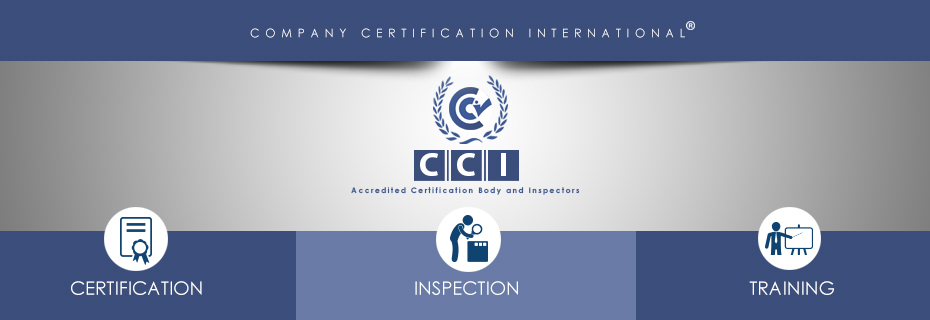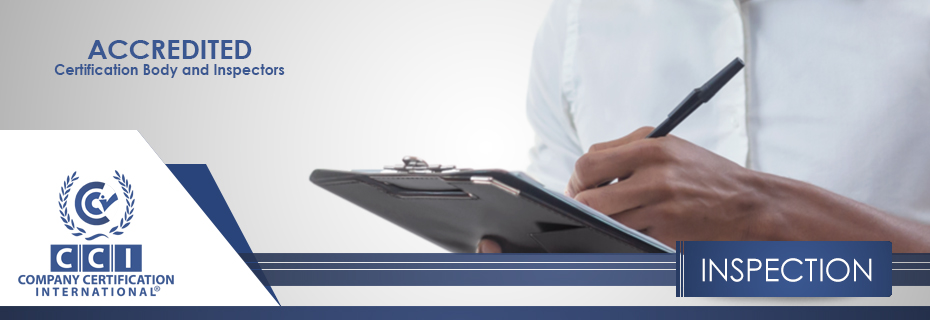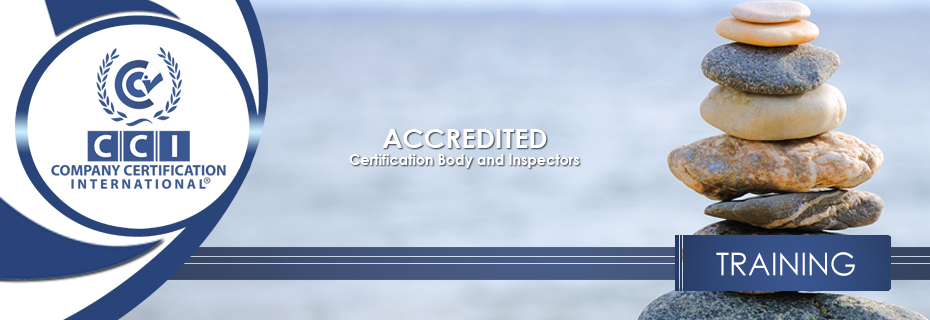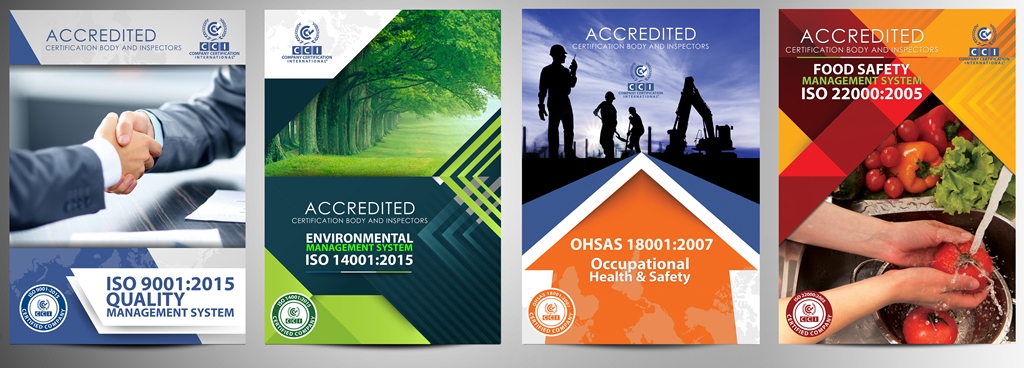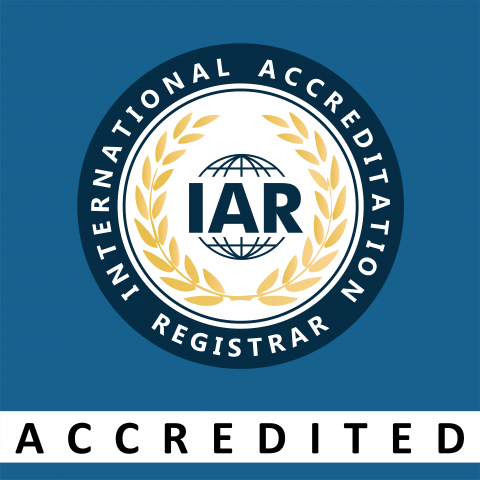ISO 45003 – Psychosocial Risk Mgmt. Assessment
Overview
ISO 45003 provides guidelines for managing psychological health and safety at work. Our assessment helps organizations:
Identify and mitigate workplace psychosocial risks
Evaluate compliance with international mental health standards
Improve employee wellbeing and organizational resilience
Reduce risks of burnout, stress-related absence, and psychological harm
Who It's For
Organizations committed to employee mental health
Companies with high-stress work environments
HR teams implementing wellbeing strategies
Safety managers expanding beyond physical OHS
Enterprises preparing for ISO 45001 certification
Why an ISO 45003 Assessment Matters
Legal Compliance: Meet growing psychosocial safety regulations
Talent Retention: Reduce turnover through better workplace mental health
Productivity Gains: Address key causes of presenteeism
Reputation Protection: Demonstrate duty of care for psychological safety
Scope of Our Assessment
Policy Review: Mental health frameworks and prevention strategies
Risk Identification: Stressors like workload, relationships, and organizational change
Control Evaluation: Existing psychosocial risk mitigation measures
Culture Assessment: Psychological safety indicators
Improvement Plan: Prioritized actions aligned with ISO 45003
Our 6-Step Assessment Process
Confidential Scoping: Define assessment parameters
Document Review: Policies, incident reports, and survey data
Employee Interviews: Anonymous focus groups (optional)
Workplace Evaluation: Remote or on-site observations
Findings Analysis: Benchmark against ISO 45003 guidelines
Reporting: Deliver Conformity Assessment with action plan
Deliverables
Conformity Assessment Statement
Psychosocial Risk Heat Map
Culture Improvement Roadmap
Manager's Guide to Psychological Safety
Executive Summary Presentation
Why Company Certification Int.?
Mental Health Specialists: Assessors with psychological safety qualifications
Evidence-Based Approach: Uses validated assessment tools
Discreet Process: Maintains employee confidentiality
Global Standards Alignment: Integrates with ISO 45001 and WHO guidelines
FAQ
Q: Is ISO 45003 certification available?
A: No, it's a guidance standard. Our assessment provides formal recognition of your alignment.
Q: How do you protect employee confidentiality?
A: We use aggregated data and anonymous feedback channels.
Q: What's the difference between this and ISO 45001?
A: ISO 45003 specifically addresses psychological health, complementing physical safety in 45001.
Q: Can small organizations benefit?
A: Absolutely. We scale assessments for businesses of all sizes.
Q: Do you need to visit our workplace?
A: Remote assessments are available, but on-site evaluations provide deeper insights.
Get Started
Ready to prioritize psychological safety at work?
[Request Confidential Consultation] [Download Wellbeing Checklist]

